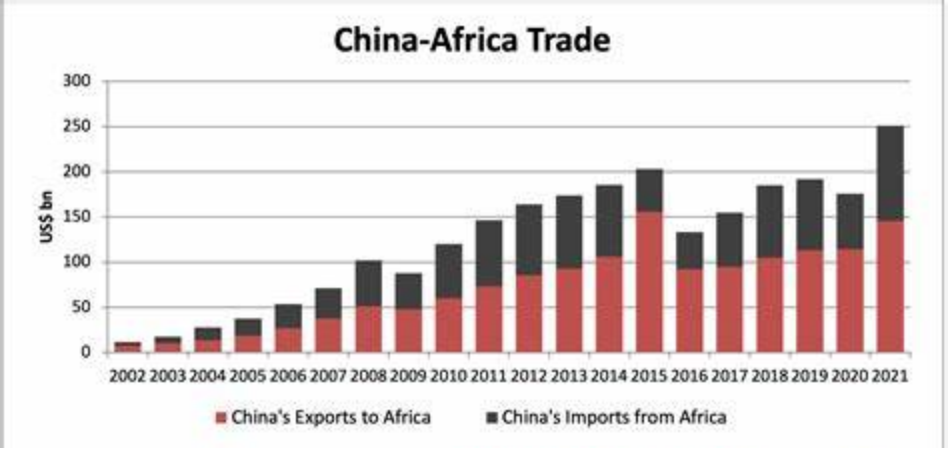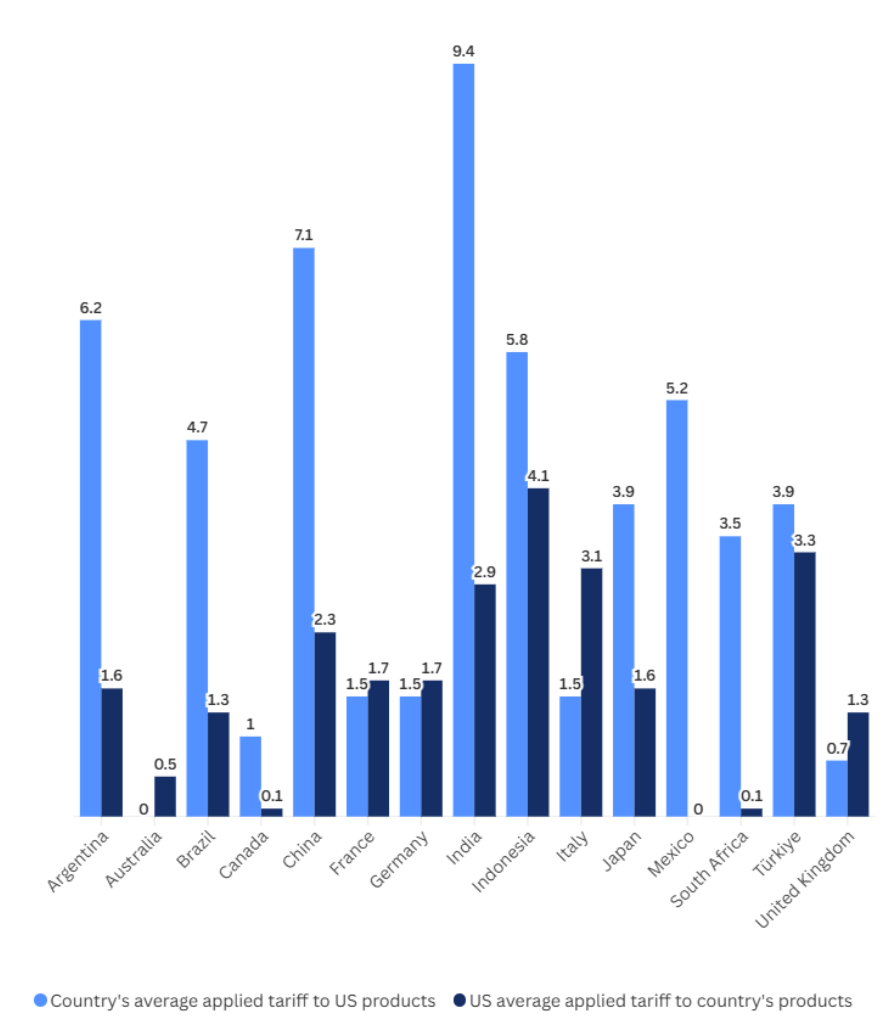Global Public Debt Hits US$100 Trillion
 Debt Graph
Debt Graph
The International Monetary Fund (IMF) is concerned about what it called the rapid rise in global public debt, which it has projected to hit $100 trillion in the next 2 months.
The fund expressed its worry and concern saying that by the end of year 2024, total world’s public debt would have escalated to 100 trillion United states dollars. According to the fund, global public debt is very high. “It is expected to exceed $100 trillion (93 percent of global GDP) in 2024 and to keep rising through the end of the decade (approaching 100 percent of GDP by 2030)”. It called on policymakers all over the world to focus on fiscal policy that would stabilize debt and create room for investments that can drive global economic growth. “global economic growth is expected to remain steady at 3.2 percent this year and next (2025). However, public debt is projected to surpass $100 trillion, or 93 percent of GDP, by the year's end.”
In its Annual Fiscal Monitoring report, the Fund highlighted the challenges of overcoming the 'unforgiving combination' of low growth and high debt while addressing the lingering public discontent over inflation-induced spikes in consumer prices.
“In a severely adverse scenario, global debt is estimated to be nearly 20 percentage points of GDP higher three years ahead than the baseline projection, reaching 115 percent of GDP. Much larger fiscal adjustments than currently planned are required to stabilize (or reduce) debt with high probability. Now is an opportune time for rebuilding fiscal buffers and delaying is costly. Rebuilding fiscal buffers in a growth-friendly manner and strengthening fiscal governance is essential to ensure sustainable public finances and financial stability”
However, the fund projected debt to stabilize or decline in about two thirds of countries, “it will remain well above levels foreseen before the pandemic.”
Countries where debt is not projected to stabilize account for more than half of global debt and about two-thirds of global GDP. The fund is of the opinion that there are good reasons to believe that future debt levels could be higher than currently projected pointing out that the political discourse on fiscal issues has increasingly tilted toward higher government spending in recent decades.
“Fiscal policy uncertainty has increased, and political redlines on taxation have become more entrenched. Spending pressures to address green transitions, population aging, security concerns, and long-standing development challenges are mounting”. It added that further, past experience shows that projections tend to systematically underestimate debt levels: realized debt to-GDP ratios three years ahead are, on average, higher than projected by 6 percentage points of GDP.
“Rebuilding fiscal buffers in a growth-friendly manner and containing debt is essential to ensure sustainable public finances and financial stability”.
07-11-2024











